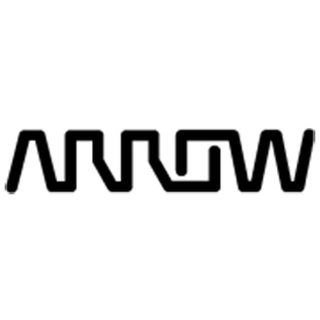Application of the Internet of Things in Smart Homes Combining Various Wireless Technologies
ZigBee forms a network by combining mesh topology with gateways
ZigBee (802.15.4) and BLE (Bluetooth ® Low Energy) are the two most popular IoT wireless low-power protocols on the market, both of which have their own advantages and disadvantages. ZigBee is a mesh network protocol designed to transmit small amounts of data over medium distances. It operates on a mesh topology network, meaning that information from a single sensor node passes through a group of (or “mesh”) modes until transmission reaches the gateway.
ZigBee is a local area network (LAN). It is therefore the ideal protocol for home automation and smart lighting. Although ZigBee is broader in scope, it is still fairly limited and is not the best option for highly instrumented installations such as industrial IoT applications. The ZigBee network has higher latency due to its mesh topology, which can cause bottlenecks when multiple nodes attempt to reach the gateway through a single node.







Kommentaarid (0)